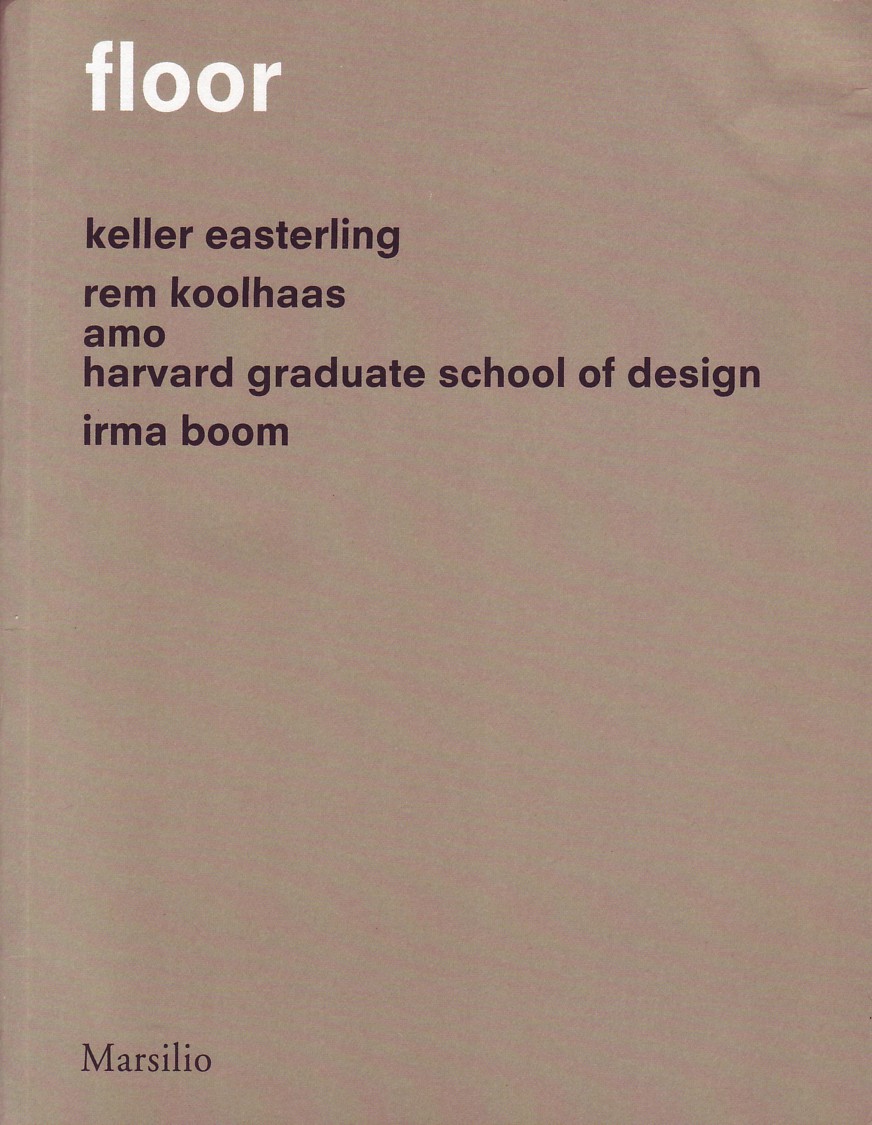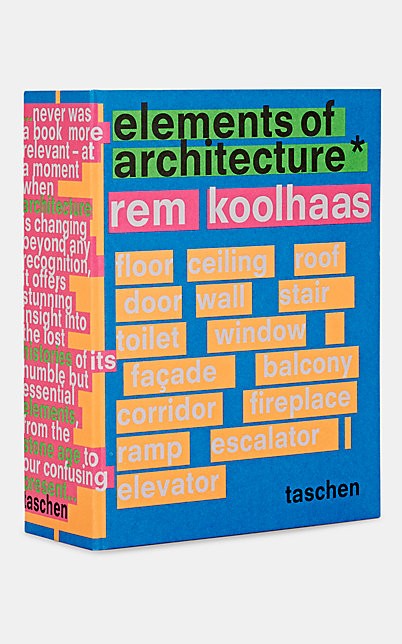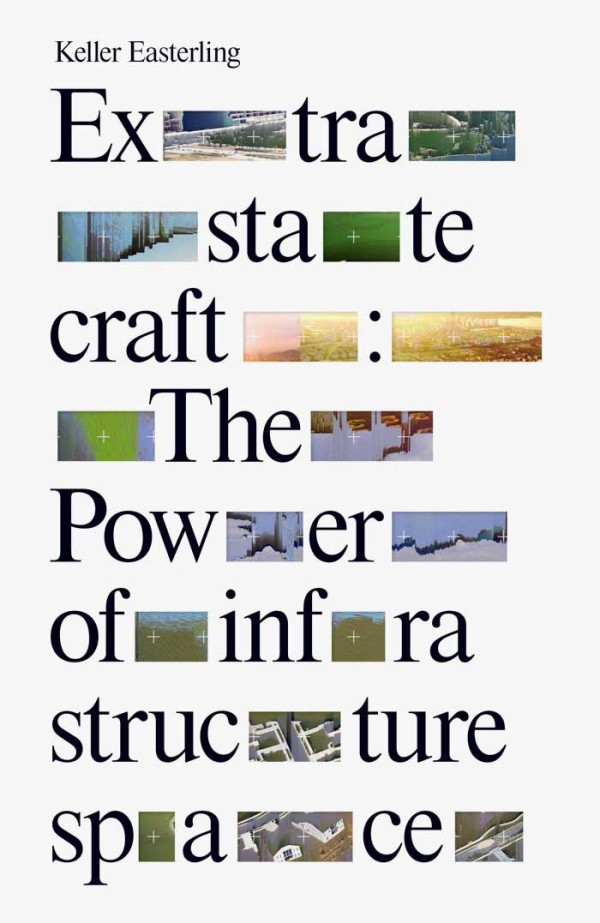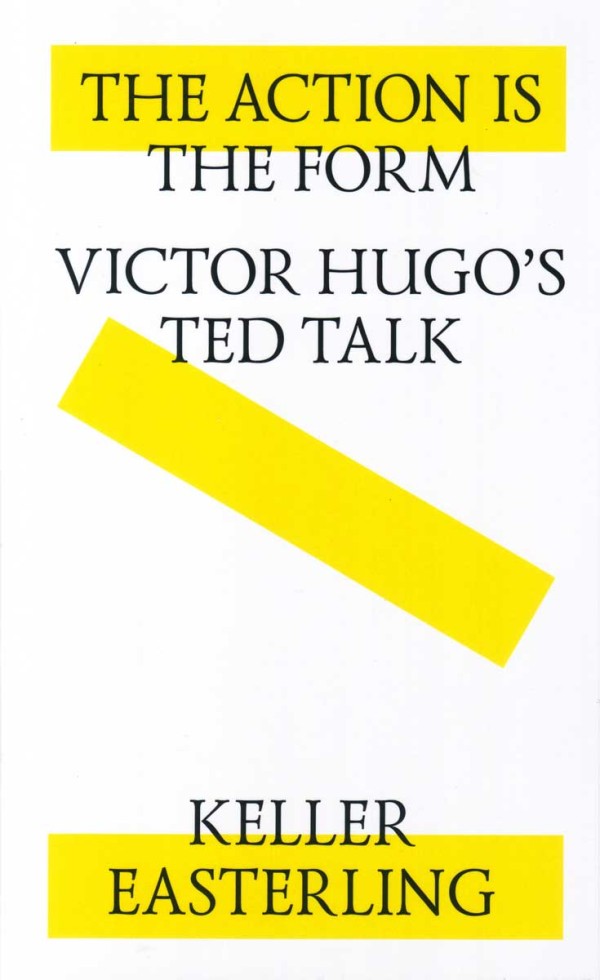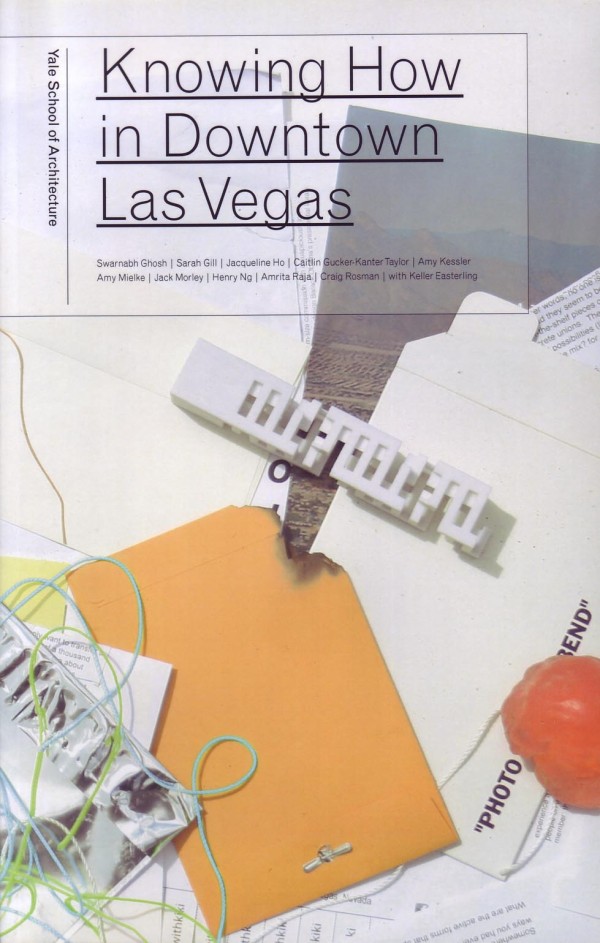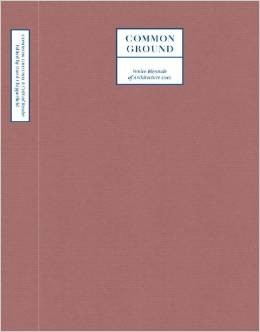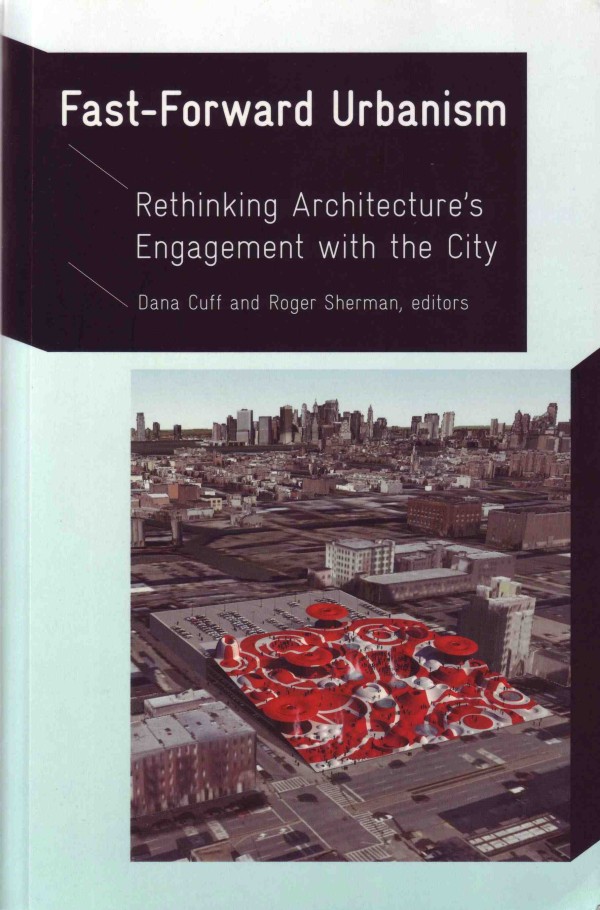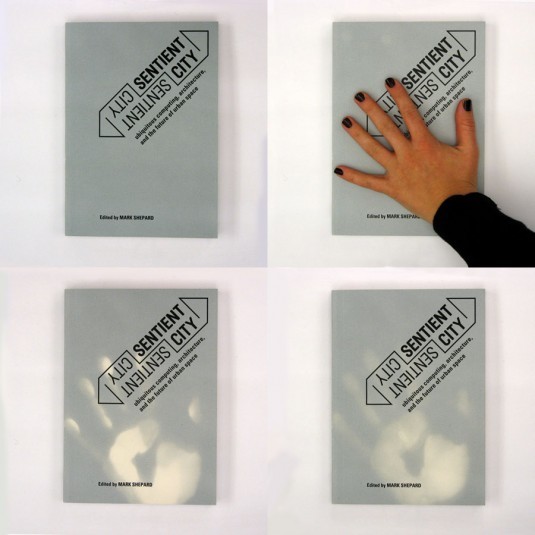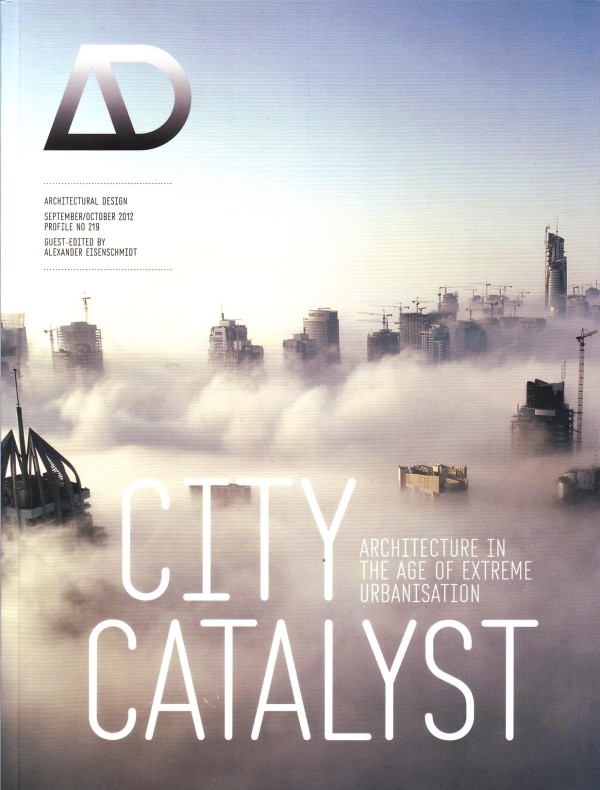Floor
Rem Koolhaas/AMO/OMA, eds., Elements (Venice: Marsilio Editori). Publication accompanying the Elements exhibition, 2014 Venice Biennale — June 1, 2014
The floor is the customary technology for negotiating between gravity and the upright body. Every step is magnetized to its surface. It is the architectural element that is almost always touching the body. Floors can fall away or out from under, but they are usually there, idling beneath us.
Throughout most of its history, the floor has been a basic assumption, often a starting point. Occasionally, it has been a place to display elaborate patterns and graphic story telling, or a surface reflecting mathematical fascinations like tessellation. But for eons, the floor was simply the surface of the earth or a technical, architectural response to make that surface more habitable or useful. It has also sometimes been a muted registration of cultural practices and construction technologies. From prayer rugs to tatami grids to basketball courts, the floor has established a few presumed, if unspoken, rules of the game.
A contemplation of architectural elements does not assemble an encyclopedia or reinforce a canon. It does the opposite. A prolonged look at each element presents puzzles about cultural habituation—something like architectural why-stories that defamiliarize, even upset, conventions. It may also expose a fatal error when a set of limited cultural habits have stiffened around the element, eliminating a whole range of techniques for making space. A contemplation of the floor returns to these forks in the road—territories sidelined in history that can become fresh projects for the discipline.

